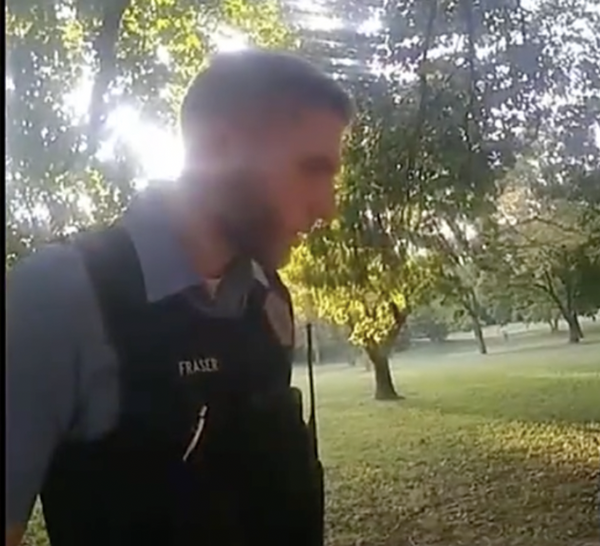Researchers have found several Australian wildlife species which were previously hit by rapid declines and faced the likelihood of extinction have recovered to the point they should no longer be considered threatened.
A research team led by Dr John Woinarski from Charles Darwin University reviewed all animals which have been listed as threatened under Australia's Environment Protection and Biodiversity Conservation Act (EPBC) between 2000 and December 2022.
The study, published in Biological Conservation, found 26 Australian species had recovered to the point where they no longer met the criteria to be listed as threatened under the Act, and confirmed another three species which had been delisted during that time had legitimately recovered.
In total, 15 mammals, eight birds, four frogs, one reptile and one fish were found to have made varying degrees of recovery, including the humpback whale, which was delisted by the government's scientific panel last year.
"These species were in severe and rapid declines, such that extinctions within decades were very real possibilities for many," Dr Woinarski said.
"While most of these species are far from recovered to historically natural population sizes, they are no longer rapidly declining, in most cases their populations have stabilised and in some cases numbers are now going up."
The researchers attributed the recoveries to targeted management by government agencies, conservation groups and Indigenous land managers.
Dr Woinarski said it was important to recognise that species could be recovered "when the investment and commitment is there", noting that most of the species would need ongoing investment and action or they would slip backwards again.
In the case of 14 native mammals, the study identified translocating species to islands and fenced mainland havens where cats and foxes were absent as a key factor in stabilising and increasing populations.
"As havens cover less than 1 per cent of the Australian landscape, full recoveries will depend on managing threats to wildlife at much larger scales," he said.
"Until we can do that, havens are a powerful tool for preventing extinctions and shoring up populations."
But Dr Woinarski, who is a member of the Biodiversity Council, said these 29 species reflected less than 10 per cent of Australia's threatened wildlife.
He said the overall picture was one of "great concern", with species that still meet the criteria of threatened suffering the impacts of climate change, habitat loss and fire disproportionately compared to those which have recovered.
"Far more species have been added to the threatened species list than removed from it over the last 20 years," he said.
"There have not been any recoveries of threatened species affected by broadscale land clearing, forestry, climate change and changed fire regimes – Australia is not yet managing those threats adequately, and they represent formidable challenges."







